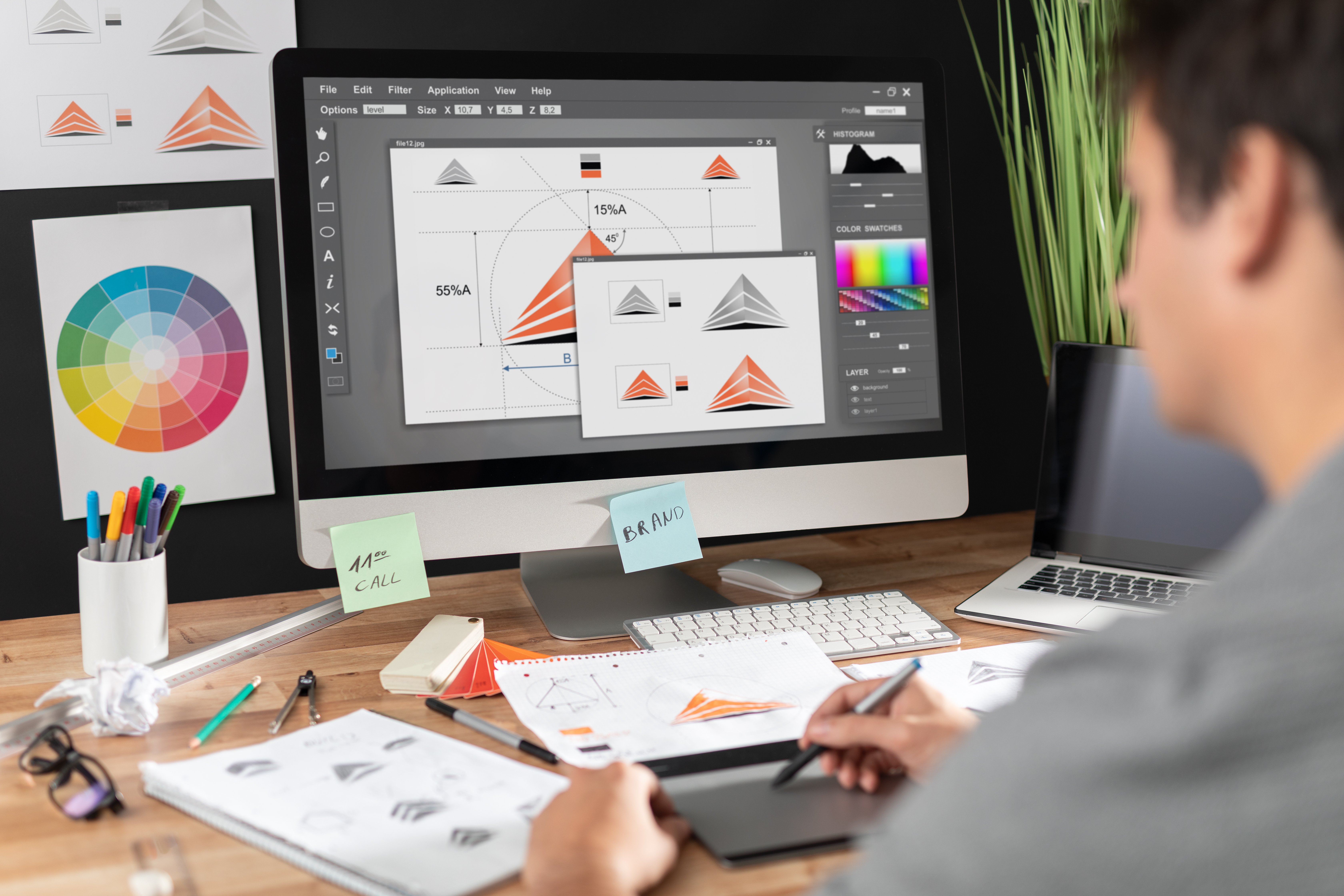The Artwork and Impact of Graphic Pattern
Graphic design is a form of art that combines creativity, typography, and technology to communicate messages and ideas visually. From logos and branding to packaging and website design, graphic design plays a crucial role in our everyday lives. It can both inform and persuade, creating an emotional connection between the audience and the design.
Many people tend to think of graphic design as simply creating aesthetically pleasing visuals. While this is certainly a significant aspect of the field, there is much more to it than meets the eye. A graphic designer also needs to understand the target audience, the purpose of the design, and the message that needs to be conveyed for a successful outcome.

The first step in the graphic design process is research. This involves gathering information about the client, their brand, and their target audience. By understanding the client’s values and goals, a designer can create a design that accurately reflects their brand and resonates with their target audience.
The next step is conceptualization. This is where ideas come to life and take shape. A designer will sketch out multiple rough drafts, exploring various layouts, color schemes, and typography choices. This stage is crucial as it allows the designer to experiment and refine their ideas before moving on to the final design.
Typography is a fundamental element of graphic design. It involves selecting and arranging type to make written language legible, readable, and appealing. A good designer knows that typography is not just about choosing a font; it’s about creating a hierarchy, establishing a visual rhythm, and conveying the right tone and emotion.
The use of color is another vital aspect of graphic design. Color has the power to evoke emotions, convey meanings, and create visual impact. A designer must have a good understanding of color theory and how to create effective color combinations that will enhance the design and attract the target audience.
Graphic design isn’t only about the final product; it’s also about the production process. A designer must have a good understanding of the latest software and digital tools to bring their designs to life. They also need to be knowledgeable about printing techniques, materials, and finishes to ensure the design is accurately translated into the physical form.
The impact of graphic design is undeniable. It has the power to shape our thoughts, opinions, and attitudes. An eye-catching design can make a product stand out on a crowded shelf or a website more engaging and user-friendly. Corporate logos and brand identities can distinguish one company from others, creating a lasting impression on consumers.
The influence of خدمات طراحی کاتالوگ is not limited to the commercial world; it also plays a significant role in the realm of social and cultural communication. Posters, infographics, and other forms of visual communication are powerful tools in raising awareness and advocating for social and political causes. Graphic design can also preserve cultural heritage by visually documenting important events and traditions.
In today’s digital age, the demand for graphic design has increased exponentially. With the rise of social media and e-commerce, businesses need appealing visuals to grab the audience’s attention and stand out from the competition. From small startups to multinational corporations, graphic design is a valuable asset in building a successful brand and establishing a strong online presence.
In conclusion, graphic design is more than just an artistic expression; it’s an essential tool in modern communication. It has the power to inform, influence, and inspire. As technology continues to evolve, so will the field of graphic design, making it an exciting and dynamic area to be a part of.
